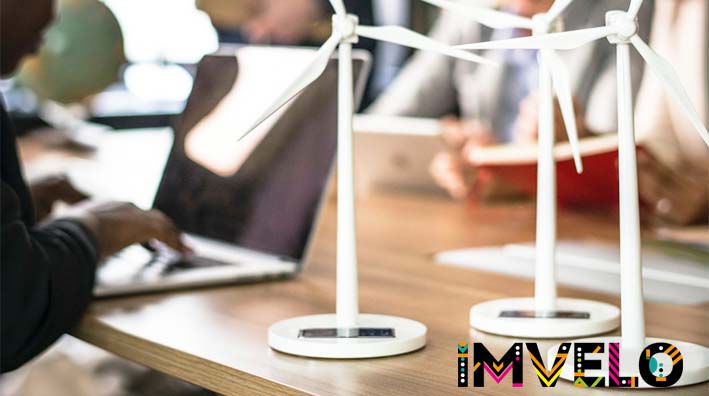For businesses determined to make progressive change in pursuit of sustainable sourcing and organisational change, developing sustainable resource consumption and environmental management systems has become imperative; particularly for procurement departments.
My career has allowed me to support Sustainable Resource Consumption and develop Environmental Management Systems for businesses determined to make progressive change. Recently, ‘Life Cycle Perspective’ has been included in ISO14001, allowing me to further engage this idea, particularly with procurement departments, who are imperative to the mission for sustainable sourcing and organisational change.
It was once considered advantageous to commission a thoroughly detailed life cycle assessment, but I now see scrutinisation as another hurdle impeding your route to sustainability. Further progression can actually be made from an intrinsic desire to change, as opposed to extrinsic situations that pressurise development. Assessments create reactive decisions, with the decision makers then making their way through ‘sustainability checklists’. A life cycle perspective is more involved and supports conscious change, engaging thoughtfulness for each life cycle stage and embracing what can be positively influenced or controlled.
Organisational sustainability is a collective belief that proactive, pragmatic and responsible business decisions will contribute to the greater good – can the same be said of ticking off a sustainability checklist? Fortunately for the industry, the inclusion of the Life Cycle Perspective in ISO14001:2015 is going to invite businesses to start by picking the low hanging fruit of sustainable resource consumption.
With a life cycle perspective, people become curious, they ask ‘Where can we save energy here?’, ‘Can we reduce carbon emissions by doing this differently?’, and ‘Can the design be altered?’. With a life cycle assessment, these questions fall on one set of shoulders and don’t contribute to a collective mentality (or creativity). When we become curious about sustainability, especially in the procurement department, we start finding ways to reduce packaging, consume less energy, act more responsibly, and collaborate with both suppliers and customers to engage with feedback.
Behavioural change in the procurement department means evolving from the belief that their job is to purchase and to demonstrate that they are vital to the bigger picture, with a pivotal role in sustainable decision making. Behavioural change is not easy, but by tweaking procurement policies, training new behaviours, or reorganizing the department, a more sustainable resource consumption can be achieved. You must stand boldly in support of the change, as fear and reluctance will impede the identification of innovation.
Businesses could be using their size, authority and manpower more intelligently to enact positive change, to be safer, more efficient and have better relationships with sustainability and the environment. A top-down approach, policy change, a staff-led campaign, calls from customer or suppliers; it doesn’t matter what the cause is, it matters what the reaction is, and that’s why I promote a new perspective. I’m trying to bridge the gap between sustainability in business and the realistic needs of the environment, using Environmental Management Systems to envelop everything from natural resource wastage to staff engagement. Businesses have the opportunity to act more lawfully, more sustainable, more cost-efficient and more philanthropic by managing their resources better, the question is, will they?
Blog for #RWM Exhibition and Conference 12th – 13th September 2018
Source: https://www.rwmexhibition.com/news/blog.asp?blog_id=12654





